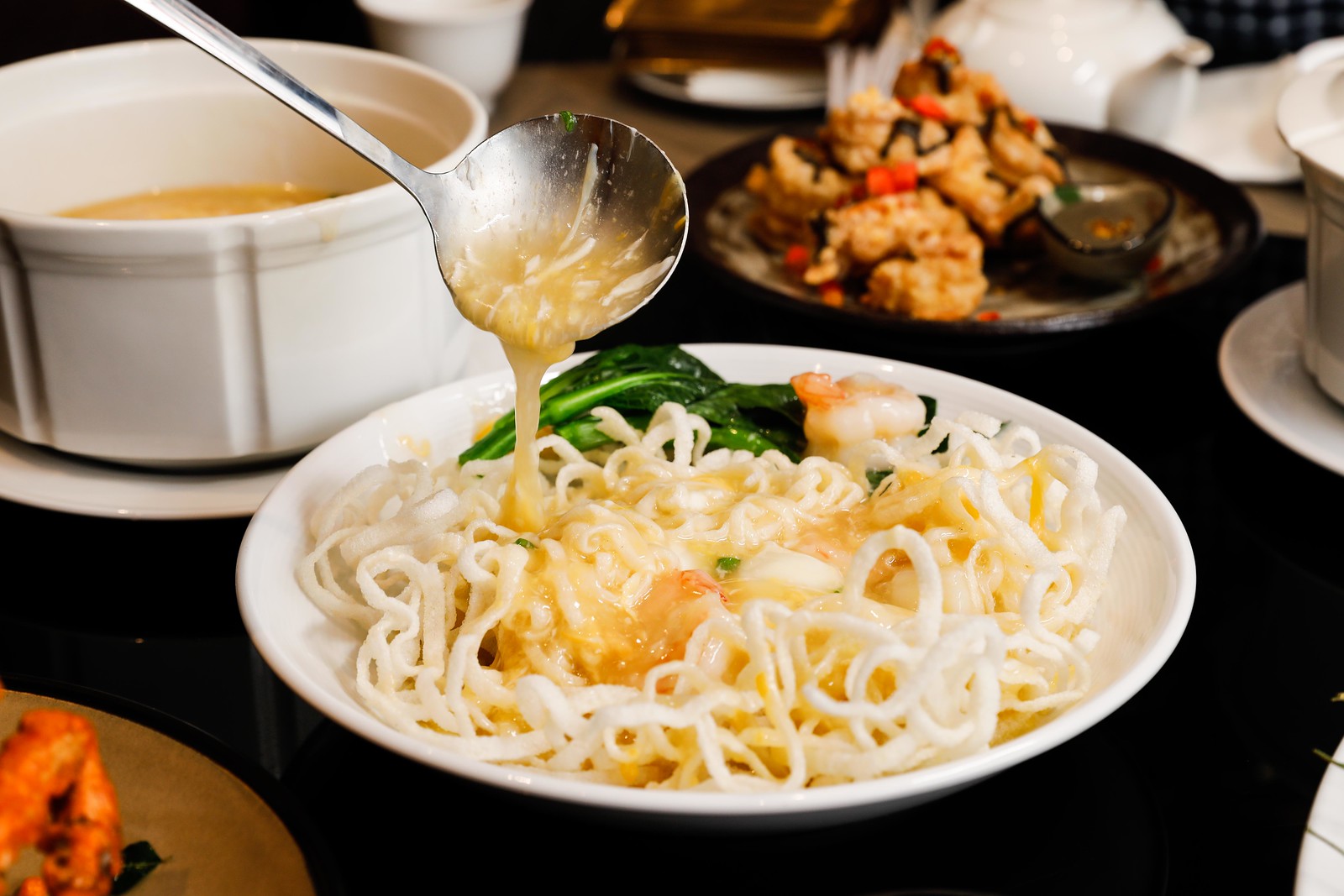Embark on a tantalizing culinary journey with Chinese language meals open, the place numerous flavors, historic strategies, and cultural significance intertwine to create a gastronomic masterpiece. From the fiery depths of Sichuan to the fragile artistry of Cantonese delicacies, this journey guarantees to ignite your style buds and captivate your senses.
As we delve into the world of Chinese language delicacies, we’ll uncover the secrets and techniques behind its iconic dishes, discover the well being implications of this culinary delight, and hint its fascinating historical past within the Western world. Be part of us on this extraordinary voyage the place meals transcends sustenance and turns into an expression of tradition, custom, and culinary artistry.
Chinese language Meals Classes: Chinese language Meals Open

Chinese language delicacies encompasses a various array of culinary traditions, every with its distinctive flavors, strategies, and components. These culinary kinds are sometimes categorized based mostly on their geographical origin and share distinct traits that set them aside from each other.
Probably the most outstanding Chinese language meals classes embrace:
Sichuan Delicacies
- Identified for its daring and spicy flavors, typically that includes chili peppers and Sichuan peppercorns.
- Widespread dishes embrace Mapo Tofu, Kung Pao Hen, and Dan Dan Noodles.
Cantonese Delicacies, Chinese language meals open
- Originating from Guangdong province, Cantonese delicacies is characterised by its mild, delicate flavors and emphasis on contemporary seafood.
- Signature dishes embrace Dim Sum, Cantonese-style Roasted Goose, and Wonton Soup.
Beijing Delicacies
- Identified for its imperial heritage, Beijing delicacies options roasted and grilled dishes, typically utilizing lamb or duck.
- Notable dishes embrace Peking Duck, Zhajiangmian (noodles with fermented soybean paste), and Yangrou Chuanr (lamb skewers).
Shanghai Delicacies
- Originating from the cosmopolitan metropolis of Shanghai, Shanghai delicacies combines parts from numerous regional cuisines, leading to a various vary of flavors.
- Signature dishes embrace Shanghainese Bushy Crabs, Xiao Lengthy Bao (soup dumplings), and Braised Pork Stomach.
Hunan Delicacies
- Identified for its spicy and savory flavors, Hunan delicacies typically incorporates chili peppers, garlic, and ginger.
- Widespread dishes embrace Steamed Fish Head with Chili Sauce, Chairman Mao’s Crimson Braised Pork, and Spicy Frog.
Standard Chinese language Dishes

Chinese language delicacies is famend for its numerous vary of dishes, every boasting distinctive flavors and components. From the bustling streets of Beijing to the colourful alleys of Hong Kong, Chinese language meals has captivated style buds worldwide. This part will delve into a few of the hottest Chinese language dishes, exploring their components, flavors, and cultural significance.
The recognition of those dishes stems from their beautiful flavors, skillful preparation strategies, and deep-rooted cultural connections. They characterize the culinary heritage of China and have change into beloved by individuals throughout the globe.
Dim Sum
Dim sum, a Cantonese delicacy, is a pleasant assortment of bite-sized dishes served in steamer baskets or small plates. These morsels usually include dumplings, buns, and different savory or candy treats.
The fillings differ extensively, starting from minced pork and shrimp to vegetarian choices like steamed greens and tofu. Dim sum is commonly loved throughout brunch or as a noon snack, accompanied by Chinese language tea.
Standard Questions
What are the preferred Chinese language dishes?
Among the most beloved Chinese language dishes embrace Peking duck, kung pao rooster, mapo tofu, wonton soup, and dim sum.
What are the important thing cooking strategies in Chinese language delicacies?
Chinese language delicacies employs numerous cooking strategies comparable to stir-frying, steaming, deep-frying, braising, and roasting.
What are the well being advantages of Chinese language meals?
Chinese language meals may be a part of a nutritious diet, because it typically contains contemporary greens, lean protein, and complete grains. Nonetheless, it is essential to be aware of portion sizes and sodium consumption.
How has Chinese language meals advanced within the Western world?
Chinese language meals has undergone important diversifications within the Western world, with dishes typically tailor-made to native tastes and components. This has led to the creation of latest dishes and flavors.


